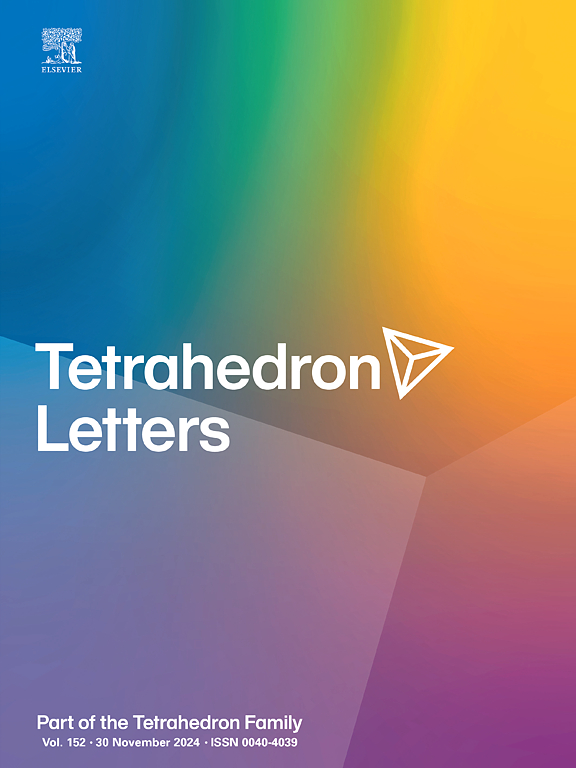纽曼-沃特重排的最新进展
IF 1.5
4区 化学
Q3 CHEMISTRY, ORGANIC
引用次数: 0
摘要
自Newman和Kwart在20世纪60年代独立开发以来,Newman - Kwart重排已被广泛研究用于合成硫酚。这种反应的一个主要限制是对高温的要求。然而,最近发展的方法已经显著提高了它的合成效用。Lloyd-Jones等人开发的方法使用Pd催化剂,利用o -芳基硫氨基甲酸酯CO键氧化加成的反应机制,成功地将反应温度降低到100℃左右。Nicewicz等人引入的单电子氧化方法使Newman-Kwart重排能够在室温下进行,并显着扩大了其衬底范围。这种策略,基于亲电的噻基自由基中间体的产生,被进一步扩展到使用Ce或Fe氧化剂的Newman-Kwart重排协议的发展,以及电化学方法。最近,一种采用Bi催化剂的反应体系被开发出来,以促进o -杂芳基硫氨基甲酸酯在室温下的纽曼-克瓦特重排。本文概述了该领域的最新进展。本文章由计算机程序翻译,如有差异,请以英文原文为准。

Recent advances in the Newman–Kwart rearrangement
Since its independent development by Newman and Kwart in the 1960s, the Newman–Kwart rearrangement has been extensively studied for synthesizing thiophenols. A major limitation of this reaction is the requirement for high temperatures. However, recently developed methods have significantly improved its synthetic utility. The method developed by Lloyd-Jones et al., which employs a Pd catalyst, successfully lowered the reaction temperature to around 100 °C by utilizing a reaction mechanism that proceeds via oxidative addition of the C![]() O bond of O-aryl thiocarbamates. The single-electron oxidation approach introduced by Nicewicz et al. enabled the Newman–Kwart rearrangement to proceed at room temperature and significantly expanded its substrate scope. This strategy, based on the generation of electrophilic thiyl radical intermediates, was further extended to the development of Newman–Kwart rearrangement protocols using Ce or Fe oxidants, as well as electrochemical approaches. More recently, a reaction system employing a Bi catalyst has been developed to facilitate the Newman–Kwart rearrangement of O-heteroaryl thiocarbamates at room temperature. This paper provides an overview of the recent advances in this field.
O bond of O-aryl thiocarbamates. The single-electron oxidation approach introduced by Nicewicz et al. enabled the Newman–Kwart rearrangement to proceed at room temperature and significantly expanded its substrate scope. This strategy, based on the generation of electrophilic thiyl radical intermediates, was further extended to the development of Newman–Kwart rearrangement protocols using Ce or Fe oxidants, as well as electrochemical approaches. More recently, a reaction system employing a Bi catalyst has been developed to facilitate the Newman–Kwart rearrangement of O-heteroaryl thiocarbamates at room temperature. This paper provides an overview of the recent advances in this field.
求助全文
通过发布文献求助,成功后即可免费获取论文全文。
去求助
来源期刊

Tetrahedron Letters
化学-有机化学
CiteScore
3.50
自引率
5.60%
发文量
521
审稿时长
28 days
期刊介绍:
Tetrahedron Letters provides maximum dissemination of outstanding developments in organic chemistry. The journal is published weekly and covers developments in techniques, structures, methods and conclusions in experimental and theoretical organic chemistry. Rapid publication of timely and significant research results enables researchers from all over the world to transmit quickly their new contributions to large, international audiences.
 求助内容:
求助内容: 应助结果提醒方式:
应助结果提醒方式:


